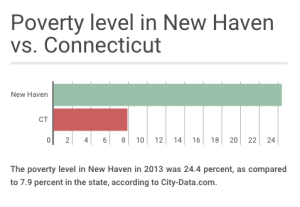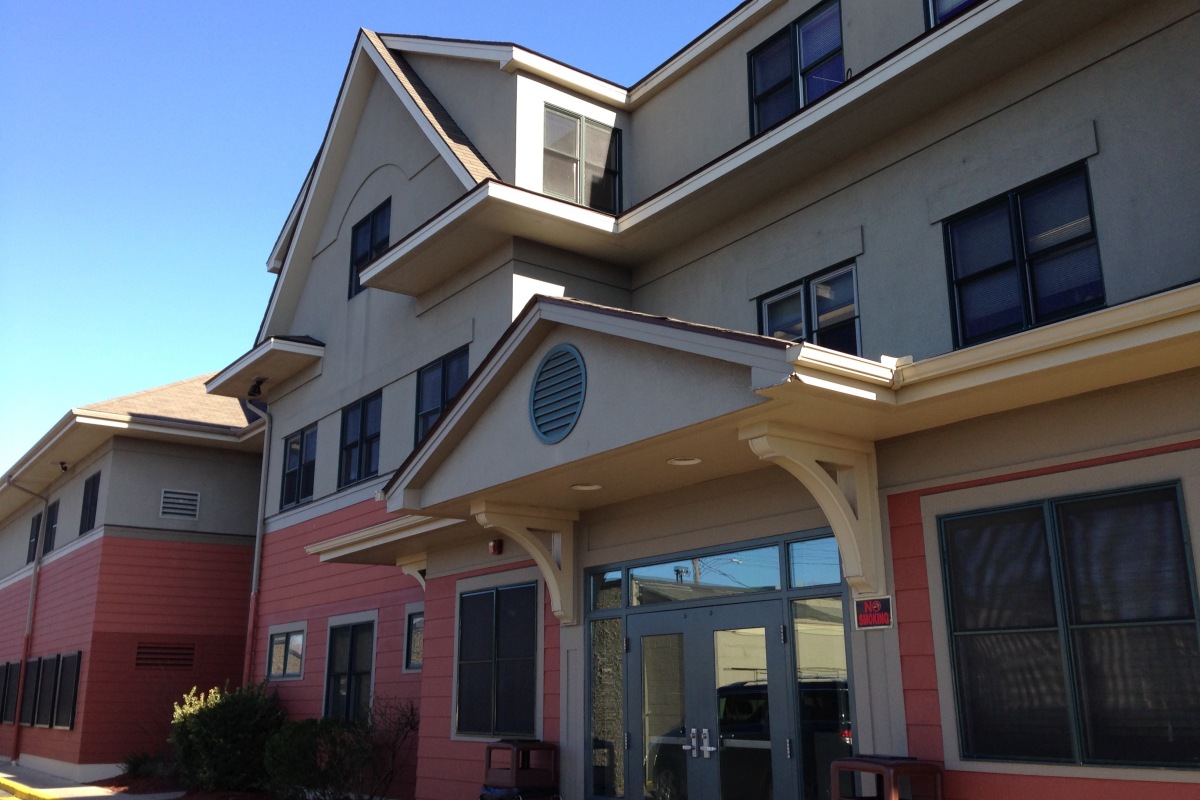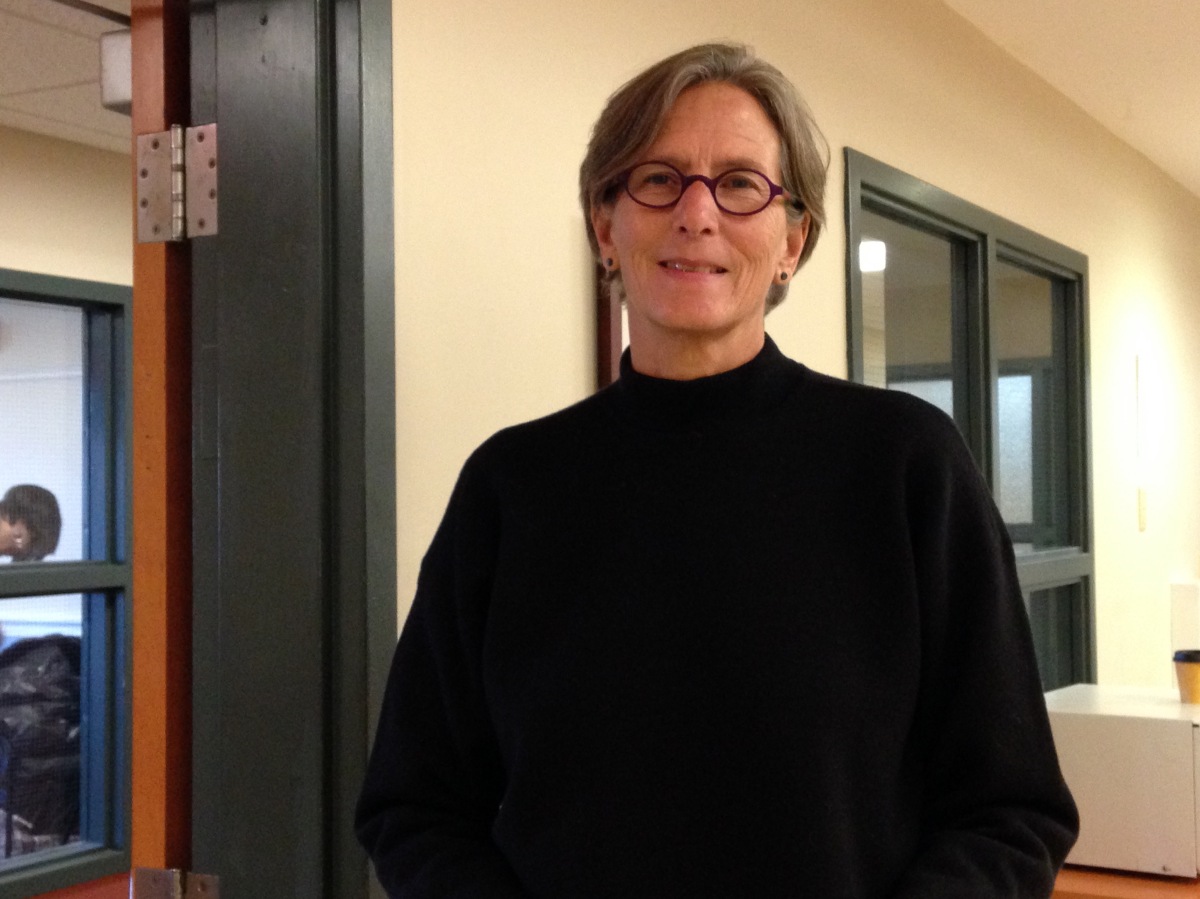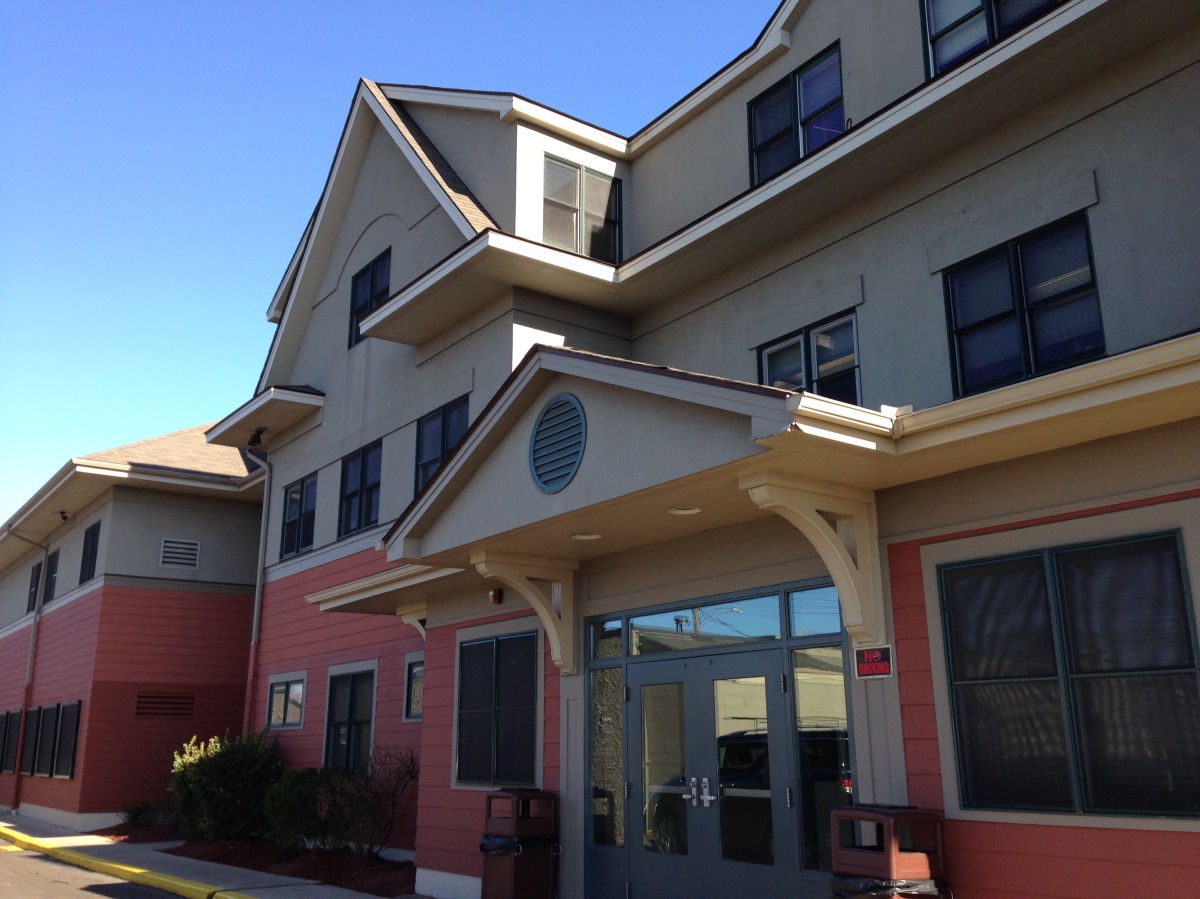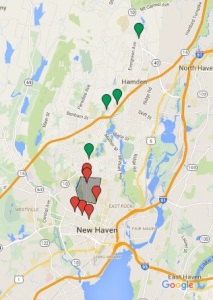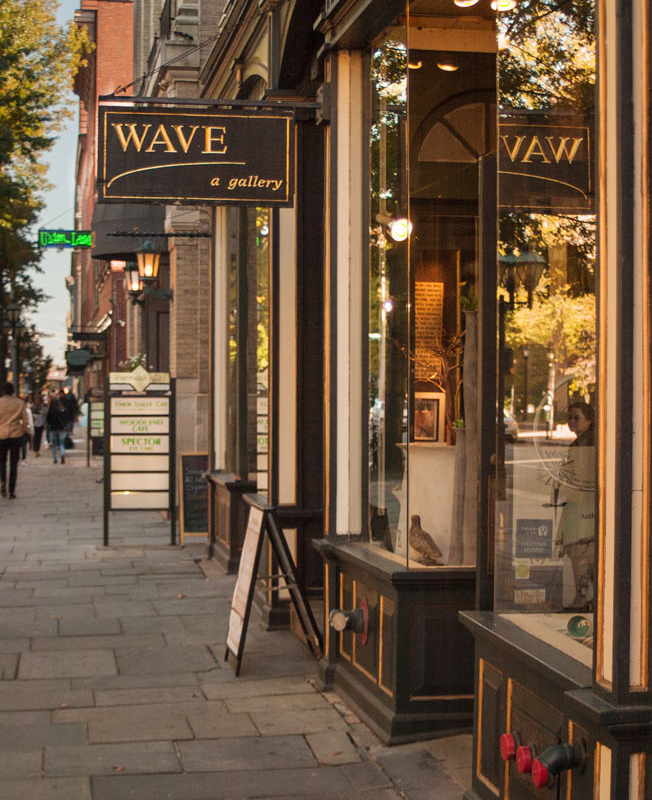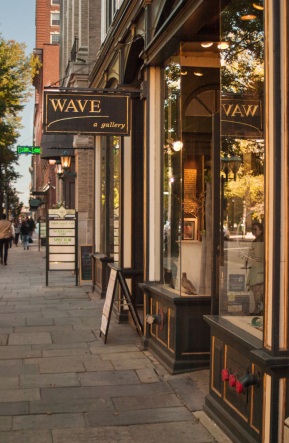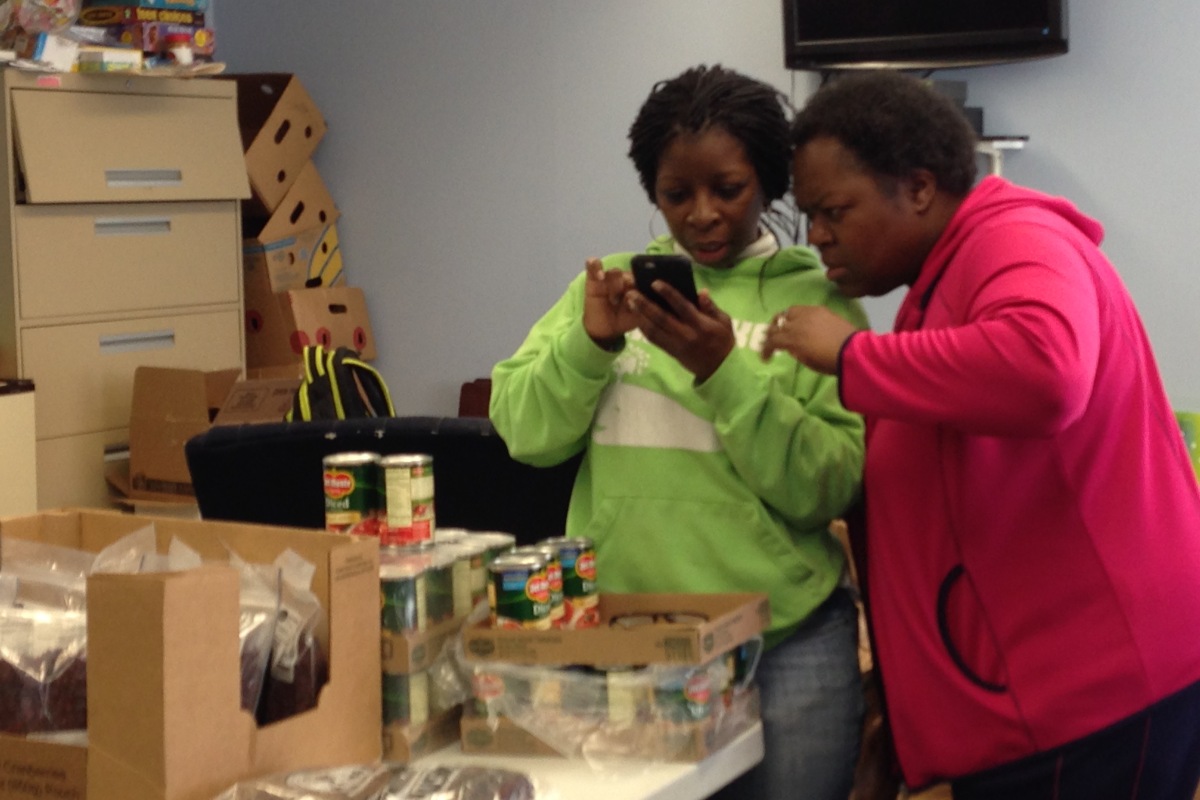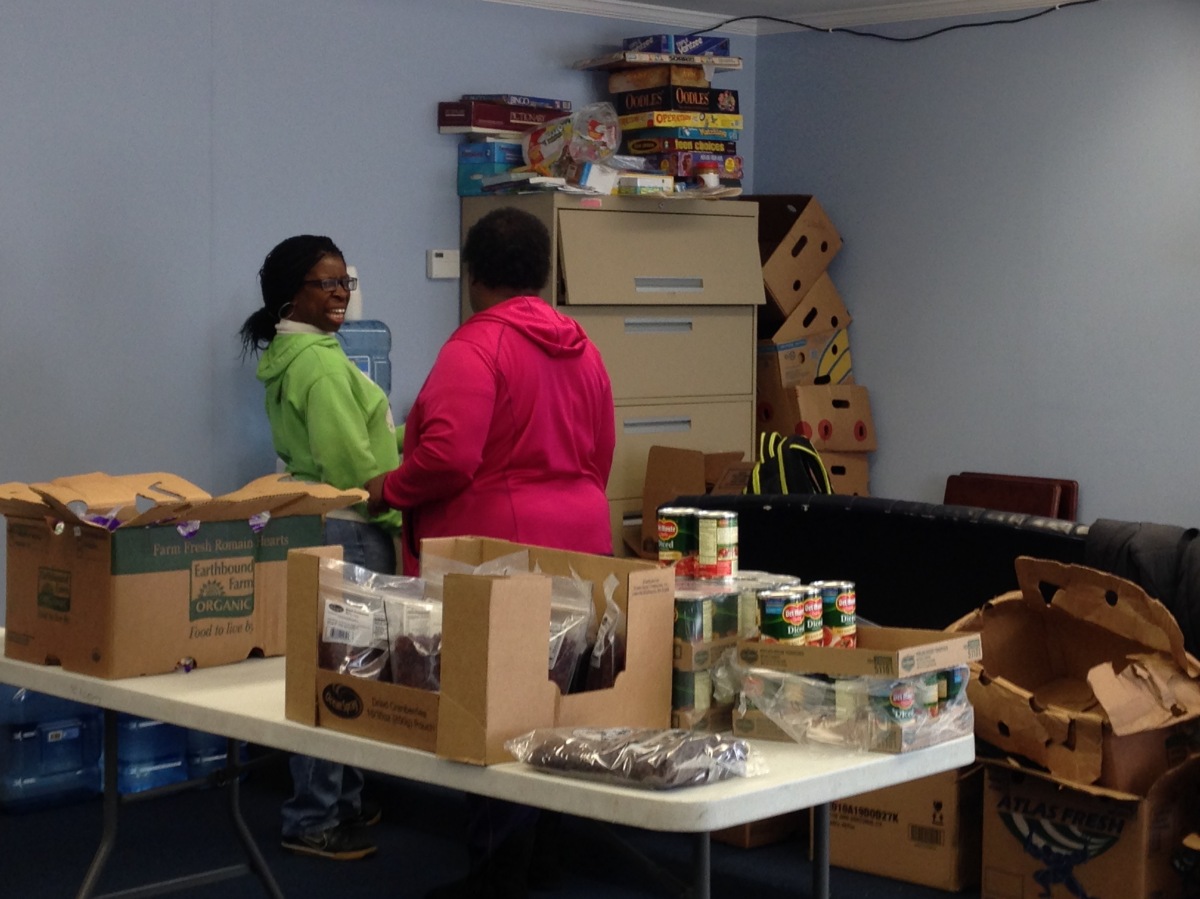By Sarah Harris
Barbara Fair keeps fighting injustice in New Haven. Prior to founding My Brothers Keeper four years ago, she was with People Against Injustice for 13 years. Fair hopes to bring awareness to the injustices brought by the criminal justice system such as the use of tasers and programs for people out of prison. Her mission is to get people who are mostly impacted by these injustices to be at the forefront of this activism.
What are you currently working on now?
Primarily around police brutality. One of the things I was just assigned to was a police task force the mayor set for us trying to improve the relations between community police following an incident in downtown NewHaven about a year ago when a young girl was slammed to the ground by a police officer and she ended up getting injured in her shoulder. We fought to get him removed from the streets while they did an investigation and what happened, there was a lot of pushback from police officers and there was a big rally downtown, community and police crashing. That brought on the mayor’s suggestion to bring on this task force to try and see how to mend these relations.
While being on the task force, I was disappointed that there were no young people on it. Young people are the ones who have some of the worst interactions with the police and there were no young people so that was my first suggestion to the task force that was totally ignored. Another thing that kind of made me unsure about being part of it was that they said we could make recommendations but the police don’t have to support or accept any of them so that made me start thinking like ‘ok are we really trying to bring change or are we just window dressing efforts’, which I don’t want to be a part of. We have this report coming out I think sometime this month about the progress we’ve made.
Do you think it’s making any progress?
One thing about me is that I have to be honest, but honesty is not a good thing to some people. But to me I don’t really see us doing too much of anything to really bring some change to the way the community and police interact with each other. Just the fact that we don’t have any young people on the panel telling their stories, to me, was a great disservice.
Have you seen improvements in social work since Mayor Toni Harp has been in office?
I haven’t seen it but that doesn’t mean it isn’t happening. I’m just saying when I go to community meetings or events or protests or stuff like that she’s a no show most of the time.
What is My Brother’s Keeper doing right now?
We do a lot of legislative work. I just attended a meeting this Friday with NAACP and ACLU, we are working on the issue of tasing because this young man who was just killed last week was in a car accident and he was the victim. And it was a serious car accident. And he ended up being tased by the state police and later on by the West Haven Police. He ended up dying so the investigation is trying to figure out why did he die. And what was the need for tasing the victim who was in a crash. They say he was combative but a dead man can’t talk so they have nothing to prove why they did it. We’re also talking about a lot of issues in the criminal justice system especially around the drug policy.
There’s the controversy surrounding gun control, but now it seems as though there’s controversy around tasers. How do you feel about that?
Well when they were first introducing tasers to the New Haven police officers, I was really against it. I testified in a local hearing that we had on it because I felt it was just another weapon the police would be using in our community randomly and unnecessarily. I thought they would be using them excessively. And so far there’s been 18 deaths from these tasers in Connecticut since 2005. Over ⅔ of those deaths have been black or latino. The guy I was just meeting with said he was tased and said it took him months to just stop feeling the affects of being tased. So they’re being used a lot more than they ever should be in such a small community.
Is your work more of just informing people, or do you do rallies as well?
We do rallies and protests, like I said; we’ve gone to Hartford and done protest there. We’ve been to Washington; I took a busload of women to Washington a bunch of years ago to talk about the mass incarceration of women. So we had women who attended that.
What are some of the biggest improvements you’ve seen while working on social issues?
For me, some people get excited about little incremental changes say around ending the war on drugs. For me, I’m not accepting anything less than ending the war on drugs period because it’s not about just drugs. It’s about Jim Crow being resuscitated and they just say it’s about drugs. So for me, I need to see the war on drugs end. Other people I work with are happy about marijuana being decriminalized and I’m not happy about that because I know there’s more meaning behind the war on drugs than there is about drugs. So now we’re seeing the heroin epidemic that’s now not touching the black communities, it’s touching more of the white people out in the suburbs and now the call is for more compassionate and just drug policy. Where when the epidemic was about crack and the black and brown community, was all about people need to go to jail, prison, they’re the scum of the earth. So it’s like we look through this drug situation differently depending on who the major victims are.
Do you think when people are fighting these issues they forget to look through that lens of race and who the victim is?
I’m not sure that they don’t see that race has a factor; I think people just want to deny it. For me it’s hard to hear people say ‘oh race doesn’t matter, that’s not a race issue’. If you see all the reports, all the disparities, and who goes to prison, who goes into programs, who gets arrested in the first place, how could you say it’s not about race. So I don’t know if people cannot see it or just don’t want to see it. For me it’s hard for me to not see race.
How do you feel about re-entry programs?
From what I’ve heard, because I talk to a lot of people who are out of prison, and they are struggling. They are really struggling. Many times homeless, because some of them have been locked up for so long that their families are no longer around. The drug policy, ya know, they also institute a policy where if the person goes to prison for drugs, then you can’t be in any government supported housing so that means sectioning projects where most people are poor so they can’t go live there. A lot of policies keep people from actually being able to transition back to society. It’s a lot about compassion. People talk a lot about, with the police, ‘oh we need to train more’. You can’t train and you can’t legislate compassion. And a lot of this stuff is because a lot of people lack compassion for those who don’t look like them or don’t live near them. If a person went to prison and paid the price for what they did, that should be the end of their sentence but many times it becomes a life sentence. Many times, they never get their life back together.
Who’s benefiting from these programs?
They have all these programs but the people who are benefitting the most from these programs are the administrators. For instance, a former New Haven police officer is now running a program to help people coming back home from state and federal prison. First of all, the job description doesn’t say you need to know what the needs are because how would a police officer know the needs of someone coming out of prison. These are the people sending people to prison. When do you get a chance to sit down and talk to people and say ‘you know what, what do you need when you come out’ yet this is the person heading the program. So who’s going to benefit from it?
Are the programs beneficial at all to prisoners?
If you surveyed these people getting out of prison and asked them about these programs, they would say that they’re a waste of time. There may be some that do a little bit of something, they’re not all bad but from majority I hear – I tell them go down to New Haven reentry or go down Dixwell Avenue, there’s different programs to help people and they say ‘I went to that place and it was a waste of time’.
I feel that when the felony took the placement of the laws, the Jim Crow laws that used to keep people out of jobs and stuff, the signs that say black people need not apply, they took the signs down and they developed policy that kept everything in place. So when I hear reform I just cringe, that’s why I’m supporting Bernie Sanders, we need a revolution in this country. There’s a whole revolution of just thought, the way we think about people, the way we see people and until that changes, reform is just another word for doing nothing.
Is it possible to have programs that aren’t funded by the government?
People who are really in this to win it, they will support ones that are actually being funded because that’s the only way you can really do something. I can tell you that I have a program that’s going to help people find housing. If there’s no money or no way to give somebody housing, then I can’t do much. And so if you get funding and most of your funding is going to administrative costs you really don’t have any money to do anything else. And that’s what I see with a lot of programs. The administration eats up so much of the money that there’s not really much left.
Are there enough youth programs?
No there’s never enough because we have a lot of kids running around, sitting on porches and stuff because there’s never enough. One of the things that my group and others, for over a decade now have been fighting to get the Q house back open. It was on Dixwell Avenue. It was this multifaceted organization that had all sorts of things inside of it including daycare, after school programs, health care, counseling, had all kinds of things, a gym for the kids and everything. We’ve been trying to get that to reopen for over a decade and we keep getting promises and promises and promises that they’re going to open it. they spent millions of dollars to people to plan it, still not opened. That could be a place where kids could come together. One time they tried opening an armory next to a jail, my pushback was, why would we want to have a building for our kids, attached to a jail. What kind of messages are we sending our kids. We have elementary school on Congress Avenue next to a drug re-entry program. I know that would never happen in the suburbs. These are the kinds of things that happen in New Haven. New Haven has become the sink tank for all sorts of problems.
How do you keep pushing even though you keep hitting so many roadblocks?
That’s what happens with a lot of people. For me, it’s to have the most impacted to fight their own battle and some of them are so beat down from all this stuff that they don’t get involved. For me, I guess I came from a different cloth of something. As far back as i can remember, I’ve always fought for what I thought was right. And so I can’t imagine just not doing anything about anything and just accepting all of this injustice in our lives and not doing anything. People ask me what keeps you going and I say without hope we have nothing. That’s what you see in New Haven, just so much hopelessness. Without that you don’t have anything. I’m holding on to hope that things do change if we just keep fighting hard enough and long enough.
Do you live in New Haven?
No, I live in West Haven, but all my work is in New Haven because New Haven has my heart. It’s just an oppressive city. I tell my daughter I can’t see this every day because it brings me down.
Sarah Harris is a senior journalism major at Quinnipiac University. She is writing about structural racism this spring. She can be reached at sarahanne.harris@quinnipiac.edu.
Want to use this story in your publication? We welcome it.



